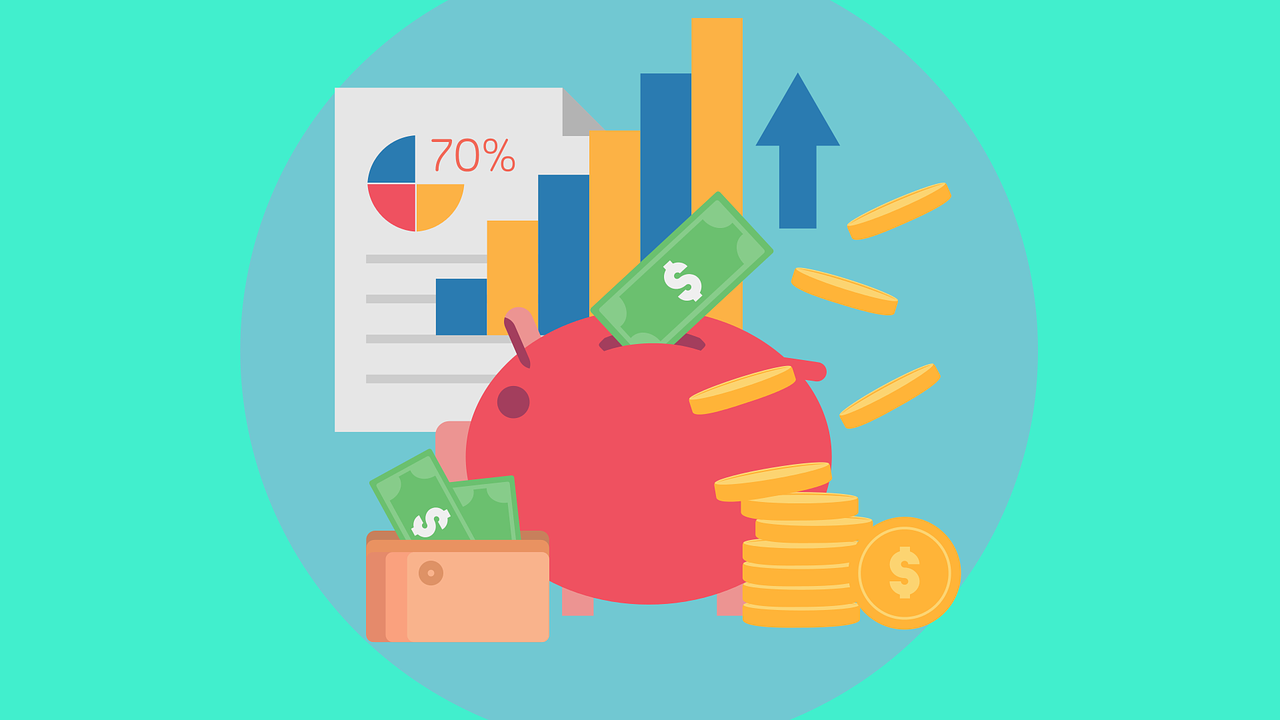Since late last year we have reviewed a number of “sustainability linked” bonds. With both issuers and investors in all regions focused on ESG principles, it is likely that we will continue to see more of this debt in the capital markets.
[soros]Q4 2020 hedge fund letters, conferences and more
In a new report, based on recent deals we have reviewed, Xtract Research takes a look at one part of this market: sustainability linked bonds, a relative newcomer to the ESG market and to high yield.
A Look At The Sustainability Linked Bonds
Highlights from the report include:
Based on these deals, at least, most of these notes don’t look that much different from other high yield bonds, as beyond the word “sustainability” in the name of the deal, the actual sustainability linked features are relatively thin.
Because green debt issuance is tied to an actual project or capital expenditure, it will not work for all types of businesses. A company that isn’t building a green plant, however, can nevertheless show the market its green bona fides by issuing a sustainability linked bond, the next step in the evolution of green debt.
Sustainability linked bonds theoretically incentivize an issuer to improve its sustainability profile by aligning certain economic deal terms (like pricing) to performance by the issuer of agreed to sustainability targets, such as reducing greenhouse gas emissions to a specified level by a specified date or increasing electricity usage from renewable energy sources to a specified percentage (last year’s Chanel bonds). But net issuance proceeds can be used for anything and need not be related at all to the sustainability goal.
Based upon what we have seen so far, the sustainability linked bond spectrum is quite broad. So at least for the moment, a sustainability linked bond may simply be whatever one issuer says it is.
Sustainability linked high yield bonds are still in their relative infancy, but we may very well see a lot more of them in the near term. Much of what we have seen thus far is really not any different than any other high yield bond, because in some cases the economic consequence to the issuer if it fails to meet its sustainability target is unlikely to be relevant.





